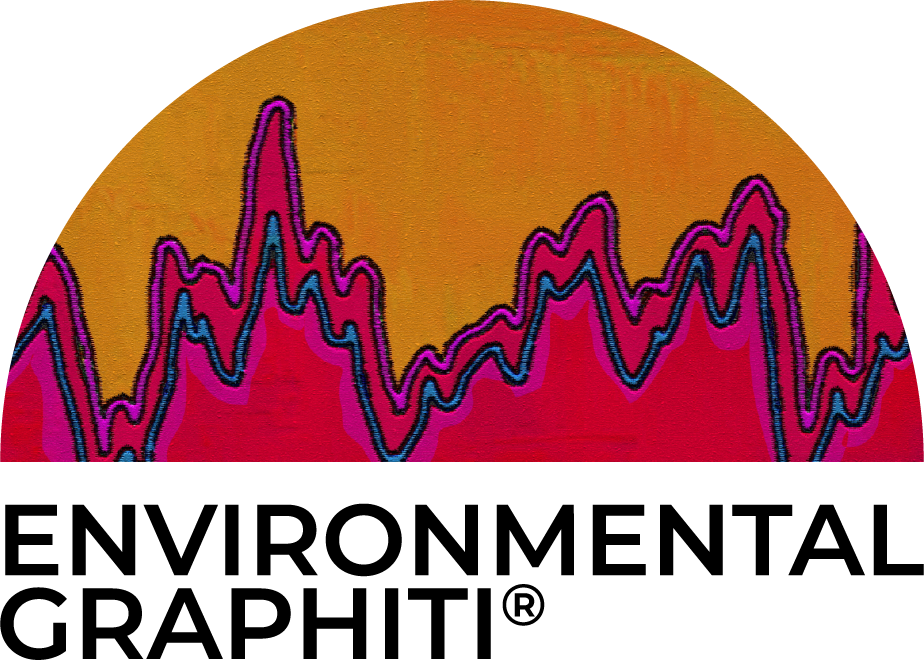Wildfires and Climate Change
The Art
The Science
What’s Alarming
Halfway through the Australian 2019/2020 wildfire season, 24 people had been killed, dozens more were still missing and 15 million acres had been burned - an area larger than Denmark. This followed Australia’s driest and hottest year on record. There has also been a devastating toll on wildlife, mounting to the hundreds of millions by some estimates and bringing some local species to the brink of extinction. By the beginning of the California fire season in 2020 more than 3,000,00 acres had been burned and six of the 20 largest fires recorded had occurred. Oregon experienced double the scale of a typical season. Other parts of the world, including unlikely places such as the arctic and Siberia, have also experienced their worst fires in recorded history.
Global warming causes trees, plants and soil to become drier because warmer air draws more moisture, which increases fuel aridity. Drought, decreased rainfall and earlier melting of snow pack are also contributing factors. “Simply put, climate change results in longer fire seasons and larger and more intense fires.”* According to a report by the National Academy of Sciences, during the period 1984-2015 human-caused climate change resulted in a near doubling of area impacted by forest fires in the western United States. According to NOAA, 2018 was the first year that wildfires exceeded the average cost of hurricanes in the U.S..**
“The most destructive, the deadliest and the largest wildfires in California history have all occurred in the past two years. …The 2018 National Climate Assessment — a major scientific report produced by 13 federal agencies — concluded that if greenhouse gas emissions from burning fossil fuels continue to increase at current rates, the frequency of severe fires in the west could triple.” ***
“California has dealt with a series of devastating fire seasons in recent years, which scientists say is in large part due to climate change, as hotter temperatures dry out vegetation, making it more likely to burn. The 10 largest fires since California began keeping records in 1932 have all occurred since 2000.”****
The above graph from the report reflects the correlation between “fuel aridity” and forest fire area burned.
*Proceedings of the National Academy of Sciences of the United States of America, “Impact of anthropogenic climate change on wildfire across western US forests”, John T. Abatzoglou and A. Park Williams, PNAS October 18, 2016. 113 (42) 11770-11775; published ahead of print October 10, 2016. https://doi.org/10.1073/pnas.1607171113
**Philip B Duffy, executive director of the Woods Hole Research Center in Massachusetts, as quoted in The New York Times, August 18, 2018.
***New York Times, Nov 3, 2019
**** The Wall Street Journal, August 25, 2020
